The 4 most serious cybersecurity vulnerabilities, from IoT devices to smart malware using artificial intelligence (AI), are attracting attention this year.
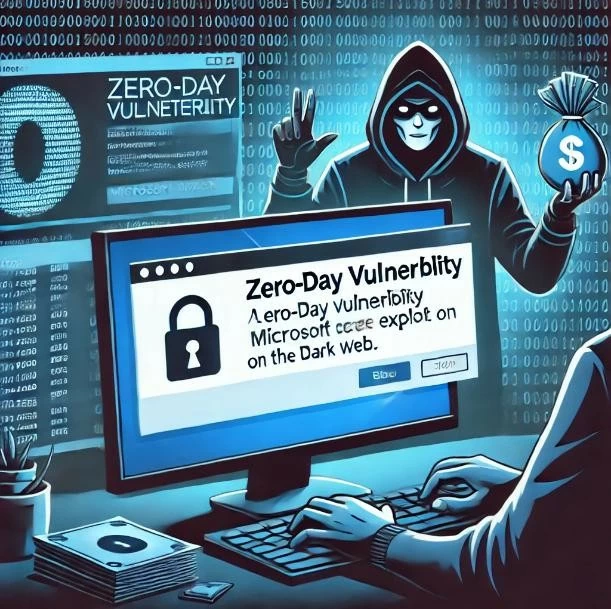 |
| Zero-day vulnerabilities are one of the most dangerous threats to corporate and government systems in Vietnam today. Illustrative photo |
Zero-day vulnerabilities and enterprise software
Zero-day vulnerabilities are among the most dangerous threats to corporate and government systems in Vietnam. These vulnerabilities have not been discovered or patched by software vendors, allowing cybercriminals to exploit them before a patch is released.
A notable example is that in May 2024, a zero-day vulnerability in Microsoft Outlook was sold on the dark web for nearly $2 million, demonstrating the severity of attacks targeting this vulnerability. Zero-day vulnerabilities often allow cybercriminals to infiltrate systems without user interaction, making them ideal targets for remote attacks.
Kaspersky reports that more than 547 posts related to the sale of exploits were recorded between January 2023 and September 2024, with half of them targeting zero-day vulnerabilities. Delays in patching vulnerabilities at many organizations are a major reason why zero-day vulnerabilities are widely exploited.
“Exploits can target any program or software, but the most sought-after and expensive tools are often targeted at enterprise software,” said Anna Pavlovskaya, senior analyst at Kaspersky Digital Footprint Intelligence. “Cybercriminals can use exploits to steal corporate information or spy on an organization without being detected to achieve their goals. However, some exploits sold on the dark web may be counterfeit or incomplete and do not work as advertised. Furthermore, most transactions take place underground. These two factors make it extremely difficult to assess the true size of this market.”
The dark web offers a wide variety of exploits, the two most common of which are Remote Code Execution (RCE) and Local Privilege Escalation (LPE) exploits. According to an analysis of more than 20 advertisements, the average price of an RCE exploit is around $100,000, while LPE exploits typically cost around $60,000. RCE exploits are considered more dangerous because attackers can take control of part or all of a system or access confidential data.
IoT and Mobile Device Vulnerabilities
In 2024, IoT (Internet of Things) devices have become the top target of cyber attacks. According to the National Cyber Security Center (NCSC), in September 2024 alone, 45,000 vulnerabilities were discovered in the information systems of government organizations and enterprises in Vietnam. Of these, 12 serious vulnerabilities directly affected IoT devices such as security cameras and public billboards.
IoT devices are often connected to networks without adequate security measures, increasing the risk of remote attacks. In particular, data-gathering devices such as surveillance cameras and public billboards can be exploited to access sensitive information or control systems. Experts warn that without proper protection, attacks on IoT systems can cause not only financial damage but also affect national security.
According to cybersecurity experts, in Vietnam, the deployment of IoT devices in areas such as urban management, security and transportation is increasing rapidly. However, the lack of regular patch updates and system monitoring has created an ideal environment for cybercriminals to exploit. This requires organizations to invest more in IoT security solutions, including regular testing, monitoring, and updating of IoT devices.
Vulnerabilities in Linux Software and Operating Systems
Although the Linux operating system has long been considered secure, in 2024, cybersecurity experts witnessed a significant increase in attacks targeting applications and systems based on this platform.
Attacks on Linux and popular applications have more than tripled year-on-year, targeting corporate servers and data management systems, Kaspersky reports.
One of the most serious vulnerabilities is CVE-2024-21626, which appears in the “container runc” management tool. This vulnerability allows attackers to escape the container environment, thereby damaging the server system and the enterprise infrastructure.
Linux operating system vulnerabilities are often exploited in corporate environments where huge amounts of sensitive data are involved, enabling attackers to carry out sophisticated attacks such as ransomware.
Experts say that with the popularity of Linux in corporate environments, failure to patch vulnerabilities such as CVE-2024-21626 could lead to larger-scale attacks, especially when data management systems are compromised. Therefore, organizations need to focus on investing in security tools to protect this operating system, including regular testing and patch updates.
Cyberattacks using AI and smart malware
With the rapid development of artificial intelligence (AI) technology, cyber attacks are becoming more sophisticated. AI not only helps cyber criminals automate their attacks but also helps them develop malware that is harder to detect. One of the worrying trends is the use of DeepFake and ChatGPT to create sophisticated phishing scenarios to steal information from users.
Data from the NCSC shows that in the third quarter of 2024 alone, AI-powered attacks increased by 30% year-on-year, primarily targeting financial and e-commerce organizations. AI-powered malware can learn from its environment and evolve over time, making it much harder to detect and stop. Experts warn that without timely protection, these attacks will become increasingly complex and cause serious damage.
AI tools like DeepFake are being used to fake images and videos of corporate executives, commit financial fraud, and hack security systems. This not only affects businesses but also poses a threat to national security.
With the increase in cybersecurity vulnerabilities, especially zero-day vulnerabilities, IoT and smart malware using AI, cybersecurity experts recommend that organizations and businesses in Vietnam need to take urgent action. Accordingly, businesses need to increase monitoring and update their systems immediately after vulnerabilities are announced, as this is the most dangerous time. Using proprietary security solutions can help organizations identify and fix vulnerabilities quickly, minimizing the risk of being attacked.
Source: https://baoquocte.vn/canh-bao-4-lo-hong-an-ninh-mang-nguy-hiem-de-doa-he-thong-thong-tin-tai-viet-nam-289969.html










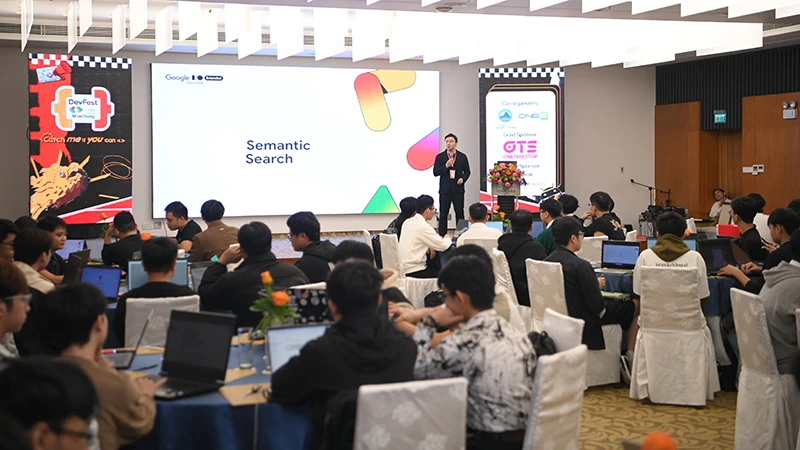

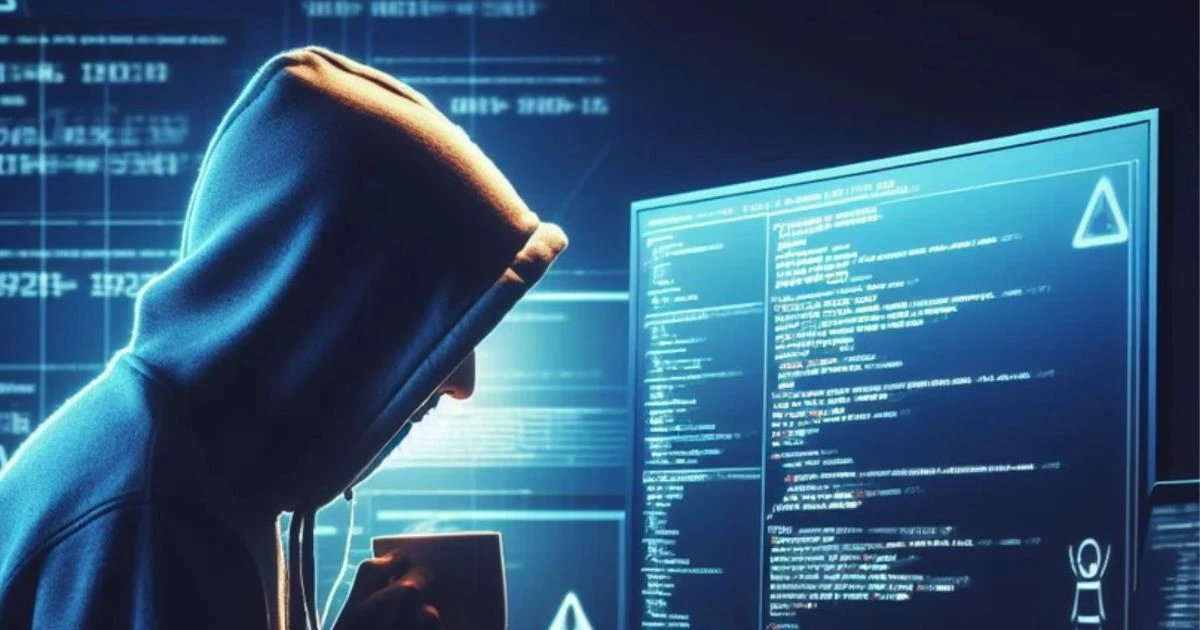




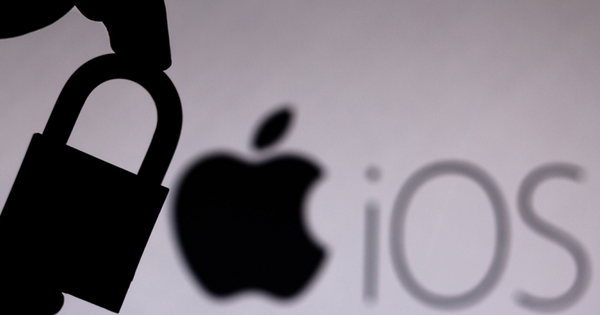
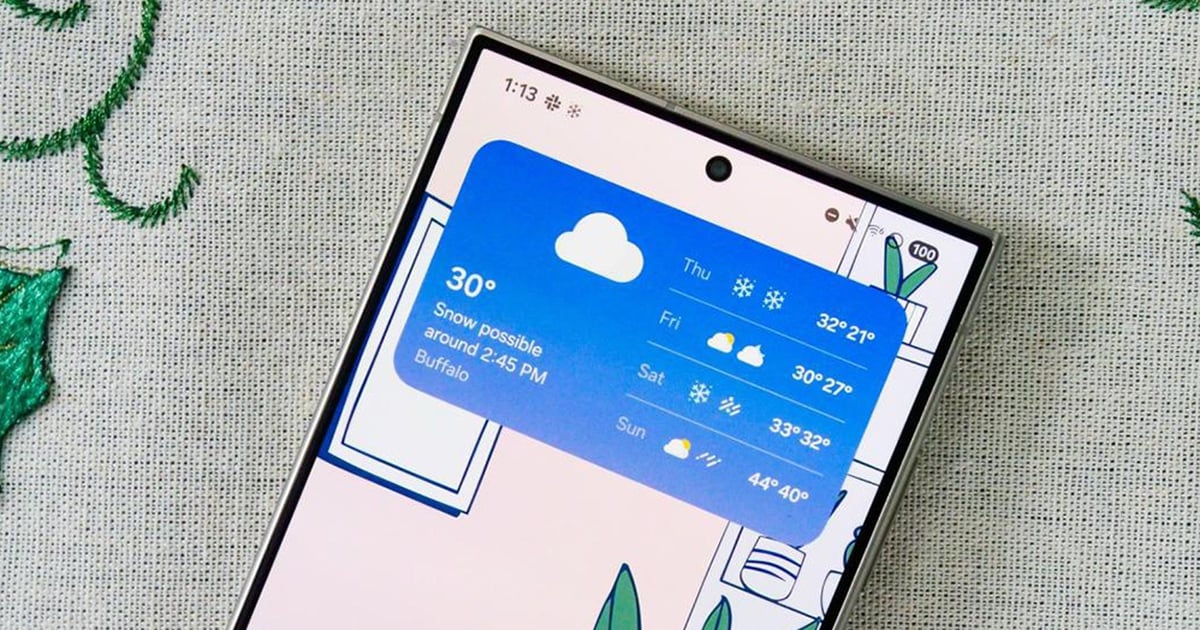

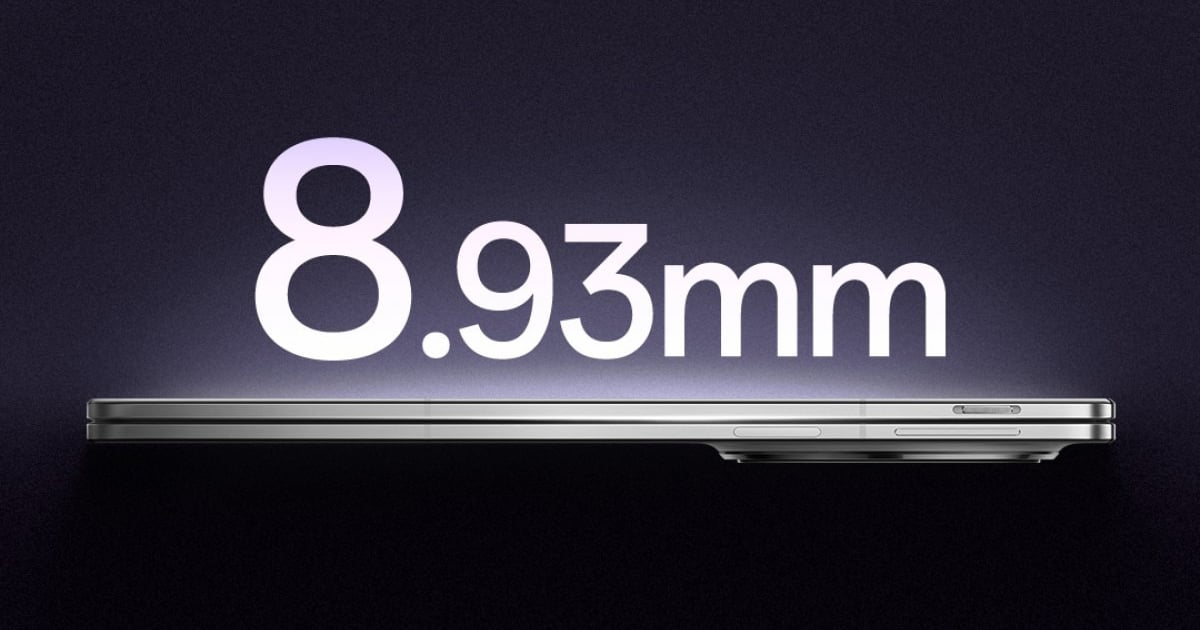



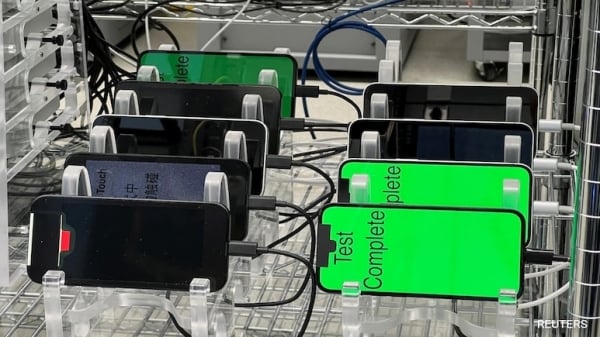
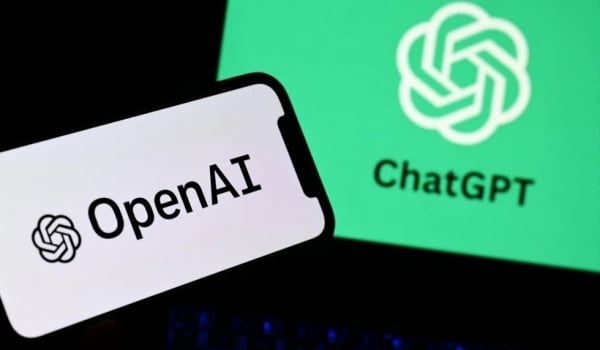















![[Photo] Prime Minister Pham Minh Chinh chairs Government Conference with localities on economic growth](https://vstatic.vietnam.vn/vietnam/resource/IMAGE/2025/2/21/f34583484f2643a2a2b72168a0d64baa)

























































Comment (0)